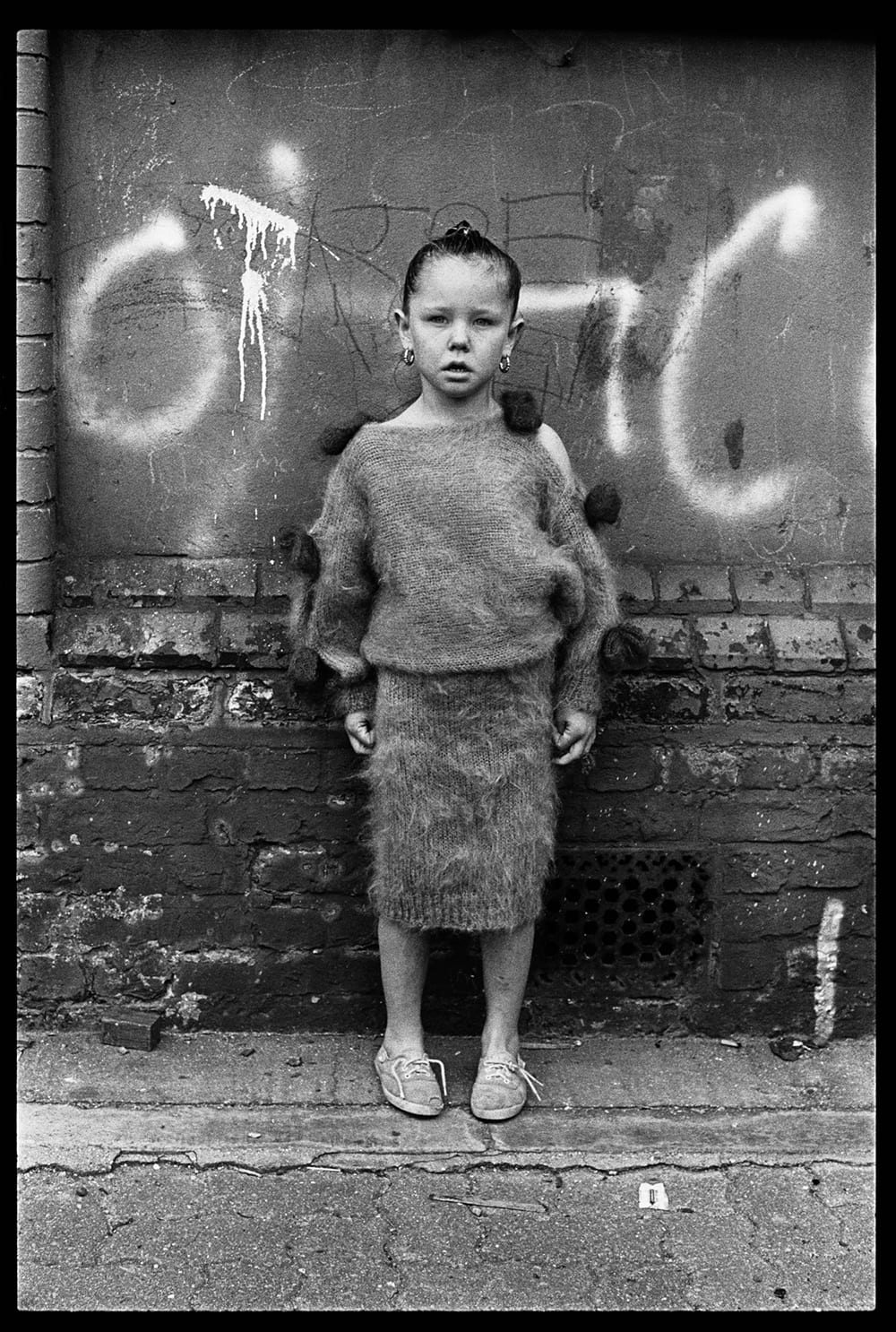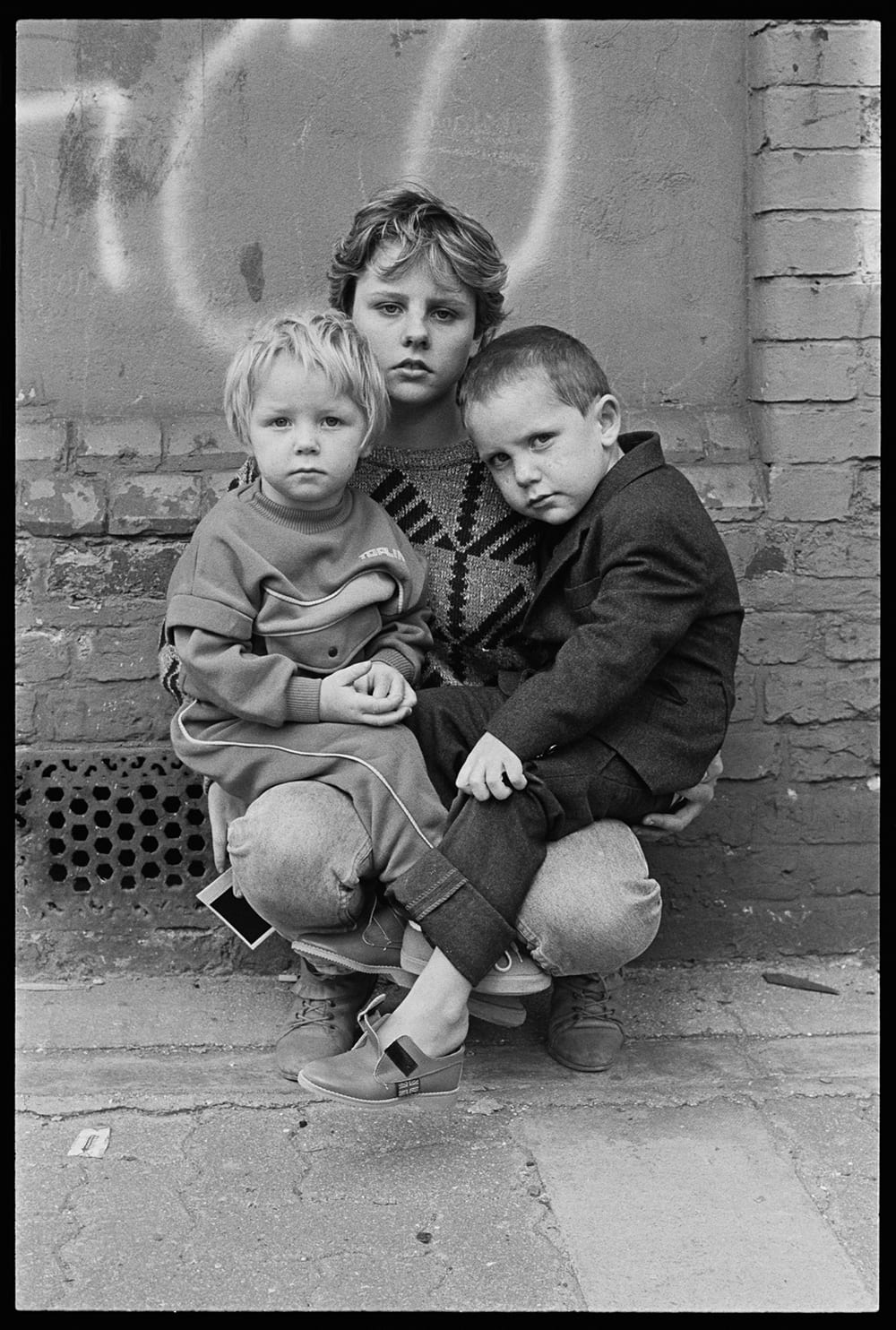O’Brien’s reputation doesn’t rest solely on his older work. His documentary ethic is firmly focused on the future. “At the moment I am working with a young photographer called Alex Pink. In the past I never really worked with anyone else, [but] some of these projects I’m choosing are quite large in scope. We did Whitechapel recently – before, during and after the Olympics.
We know Crossrail is coming, and the whole infrastructure around the area is going to dramatically change – property prices point to the way things are moving. It’s easy to say you are going to document something but in practice it meant we would meet up every week and spend four or five hours taking photographs. We were very assiduous, we turned up every week. Alex did digital colour while I shot black-and-white film. We’ve built up an incredible record of the area, of how it was at that moment in time.

“I always think that some of these projects are like a fine wine, they settle in the bottle for a while and if you bring them out a few years later they can sometimes look more interesting than when you originally took the pictures,” he says.

Over time there has been a subtle shift in how O’Brien regards his work. “In one of the talks I give, someone asked me if I felt a responsibility to document these changes. I hadn’t really thought about what I did as some kind of responsibility, but on reflection I think that it is important to regard it as so. In a sense, to stand up for what you believe in. I’m not really that much of a political being, I don’t go to rallies, I don’t march. Although recently I have got involved in a campaign to save Norton Folgate [an area of old Huguenot buildings in Spitalfields] from property developers, so I guess there is a bit of that in me, but I have to be egged on by other people. So I think it is important to photograph and document what we are inevitably going to lose because I think we owe it to future generations to be able to look back and see the way it was.”
Each of O’Brien’s pictures seems to have its own backstory. “One of my favourite images I took just off Brick Lane, I call it Comings and Goings because there are people coming from one side or leaving by the other edge of the frame. And there is this lady sitting with her shoes off in the middle, it’s all men except for her. There is a famous image by Ruth Orkin, American Girl in Italy, taken in 1951, of a solitary young, attractive lady walking in a Florence street where every man is captured eyeing her up. My image is the opposite in that every man in the shot is ignoring the older lady.”

